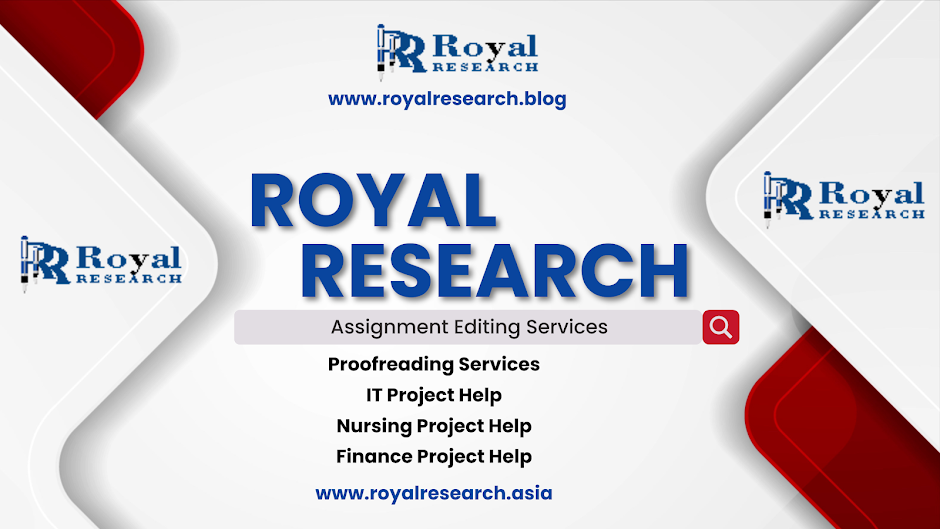In the field of research and academics, the hypothesis testing is certainly the most important area in order to make a meaningful inference of the data analysis. Whether your focus is on the effectiveness of a new drug or gaining insights into consumer behavior trends, understanding the concept of hypothesis testing is critical for achieving valid results. This guide offers a well-rounded overview of the core principles of hypothesis testing, and some tips to make you a pro.
Define Hypothesis Testing:
Basically, hypothesis testing is a way of deducing the population parameter from the sample data. This process usually starts with the development of a null hypothesis (H0) and an alternative hypothesis (Ha). The null hypothesis states that there is no significant difference or effect, while the alternative hypothesis tells another story. With the help of statistical analysis, researchers intend to calculate the strength of evidence against the null hypothesis which allows them decide to support or deny it.Significance Level (α):
The significance level corresponds to the limit value for an alternative hypothesis. The significance level is often set at either 0.05 or 5%, α represents the probability of making a Type I error, or falsely rejecting the true null hypothesis.
Test Statistic:
The test statistic is a measure of discrepancy between the observed data and the null hypothesis. It is used for making decisions to approve or reject the null hypothesis based on the statistical significance of the results.
P-Value:
The p-value provides the probability of getting results that are as extreme or more extreme than the obtained results when the null hypothesis is true. The smaller the p-value, the stronger the evidence against null hypothesis and the reason for rejecting null in favor of the alternative hypothesis.
Critical Value:
In other hypothesis tests, researchers compare the test statistic to a critical value obtained from the chosen significance level and the sampling distribution. If the test statistic is greater than the critical value then the null hypothesis is rejected.
T-Test:
Formerly used to determine the means of two independent groups, or the mean of one group to a known value, t-test is highly versatile and widely applicable.
ANOVA (Analysis of Variance):
ANOVA tests the effect of categorical variables on a continuous outcome variable by examining the mean differences across multiple groups.
Chi-Square Test:
Ideal for analyzing categorical data as well as investigating the relationship between variables, chi-square test is performed to check if the observed frequencies are significantly different from the expected frequencies.
At Royal Research, we dedicate ourselves to excellent academic writing, assignment edits, and executive writing that all university, college, and school students rely on. Our multidisciplinary team includes scientists, artists, businesspeople, managers, IT and software professionals, statistics experts, healthcare professionals, and nurses. Be it essays, dissertations, assignments, reports or case studies, our team is the support you need in your academic journey.
Utilize the hypothesis testing power and uplift your research project with Royal Research support. Get in touch with us today to learn how we can help you realize your academic goals.
Royal Research: We are your Academic Excellence Partner.
At Royal Research, we dedicate ourselves to excellent academic writing, assignment edits, and executive writing that all university, college, and school students rely on. Our multidisciplinary team includes scientists, artists, businesspeople, managers, IT and software professionals, statistics experts, healthcare professionals, and nurses. Be it essays, dissertations, assignments, reports or case studies, our team is the support you need in your academic journey.
Utilize the hypothesis testing power and uplift your research project with Royal Research support. Get in touch with us today to learn how we can help you realize your academic goals.
WATCH MORE






No comments:
Post a Comment